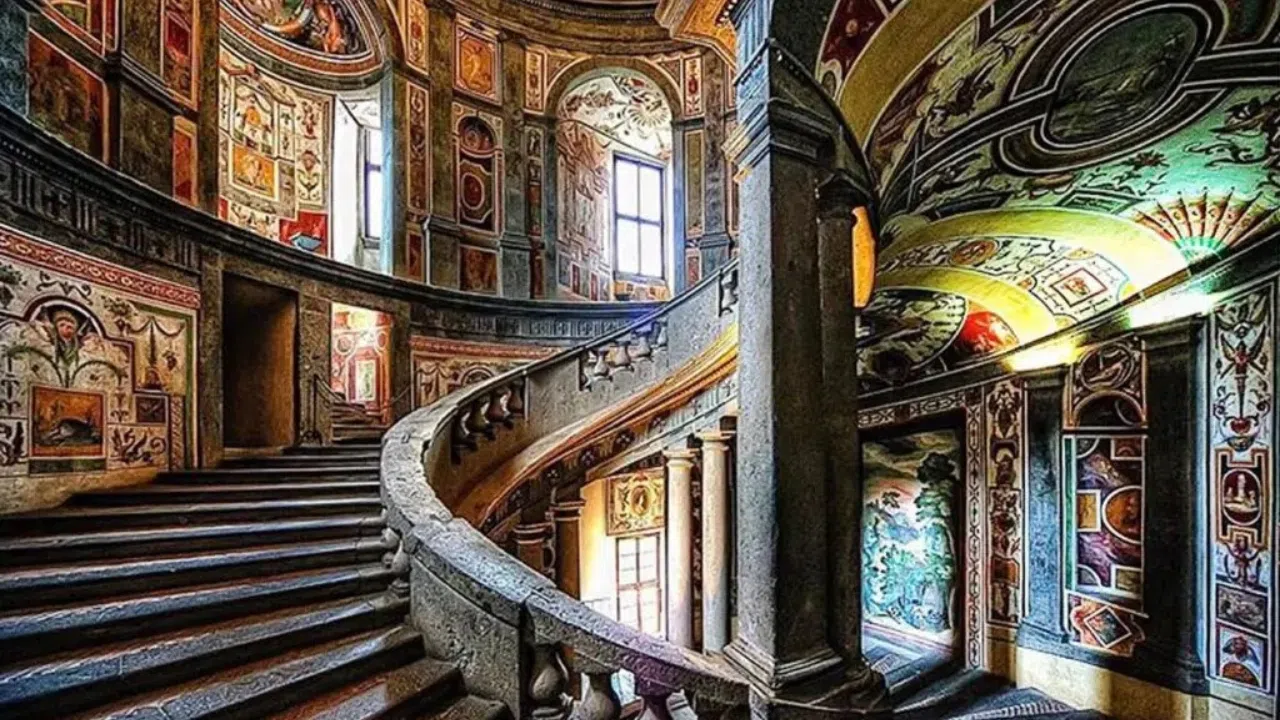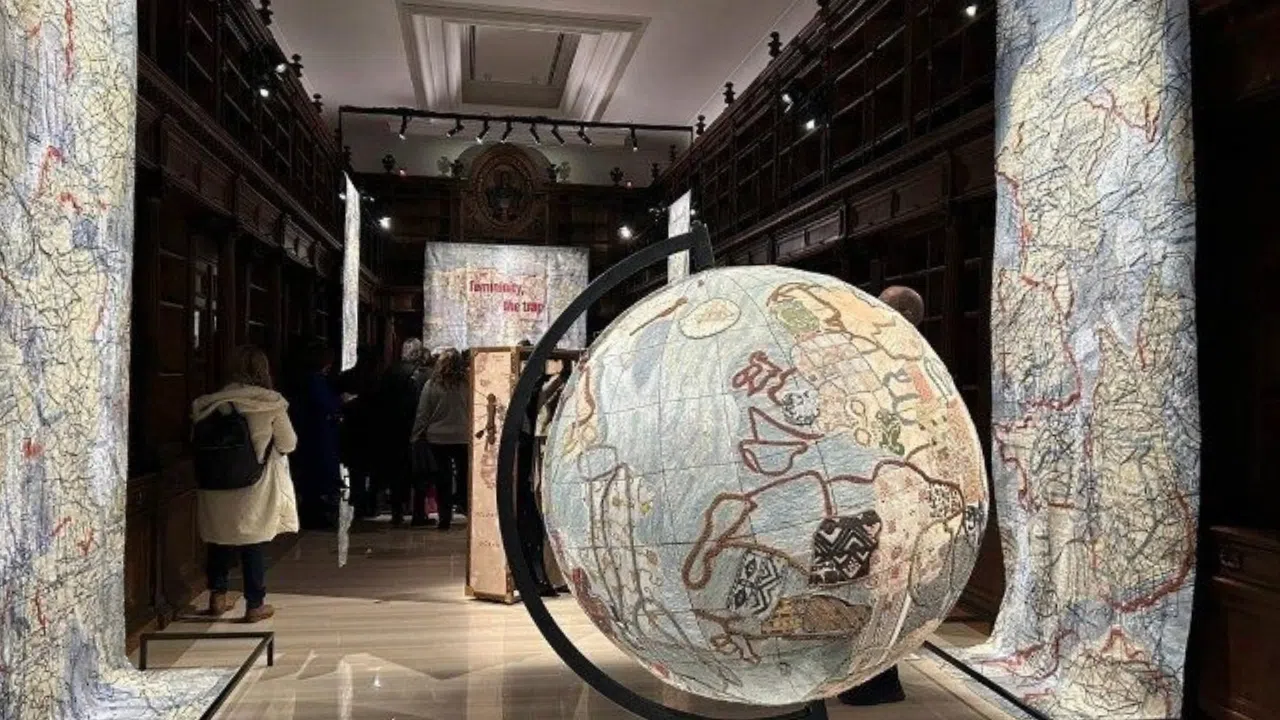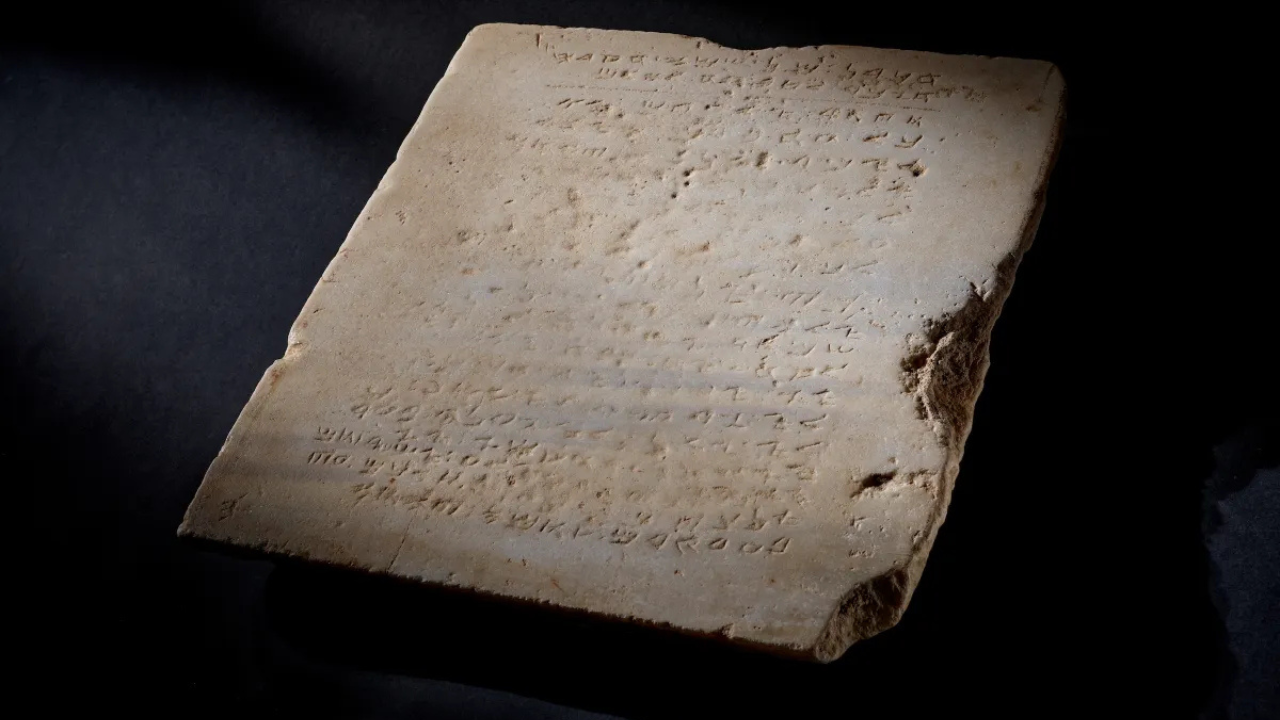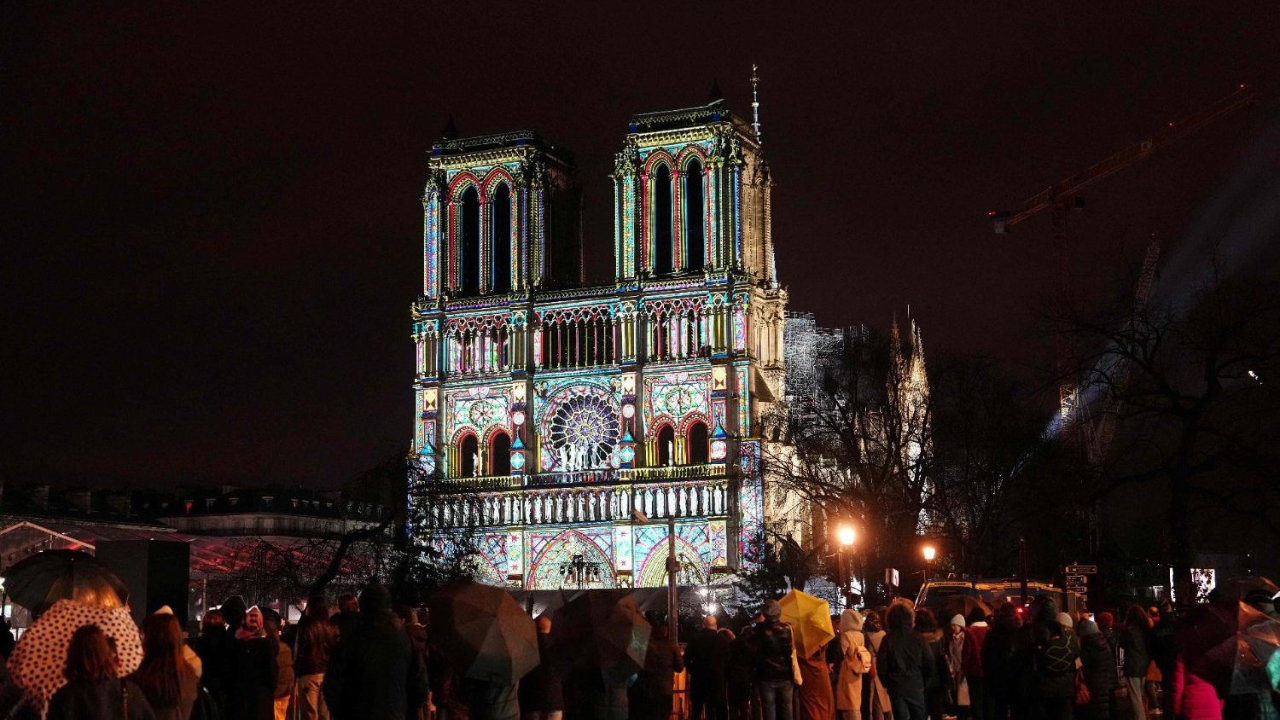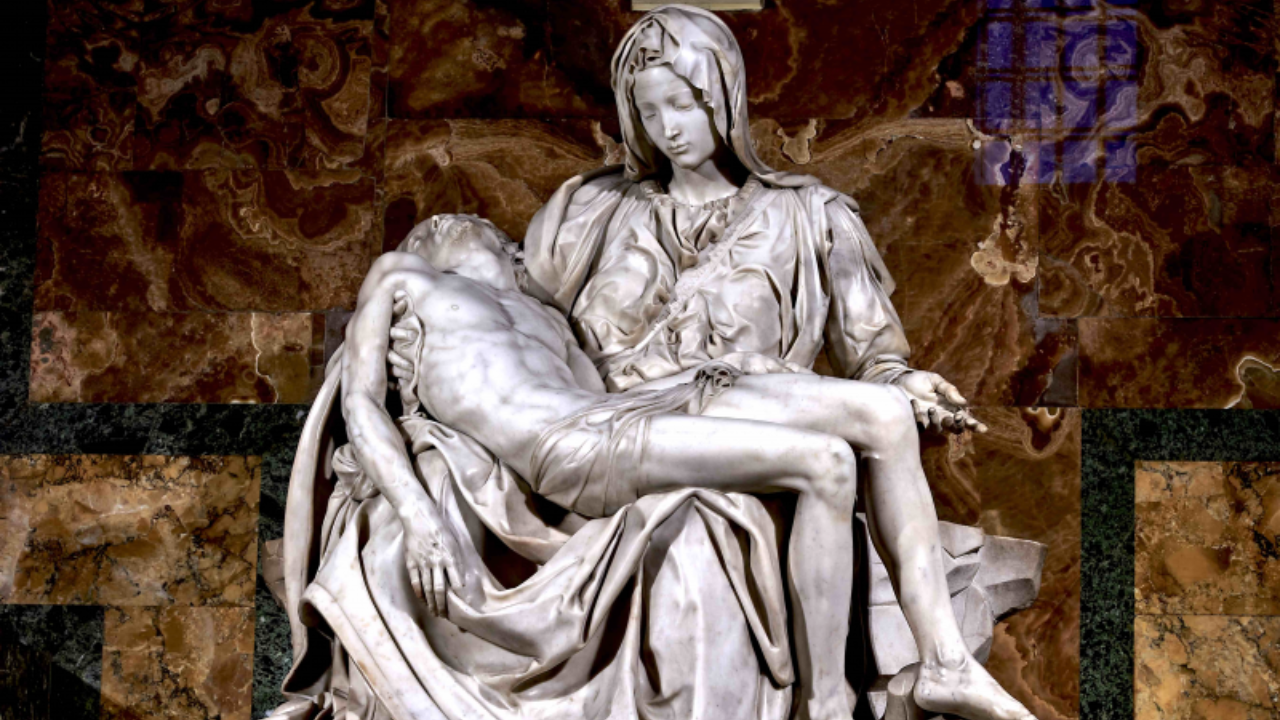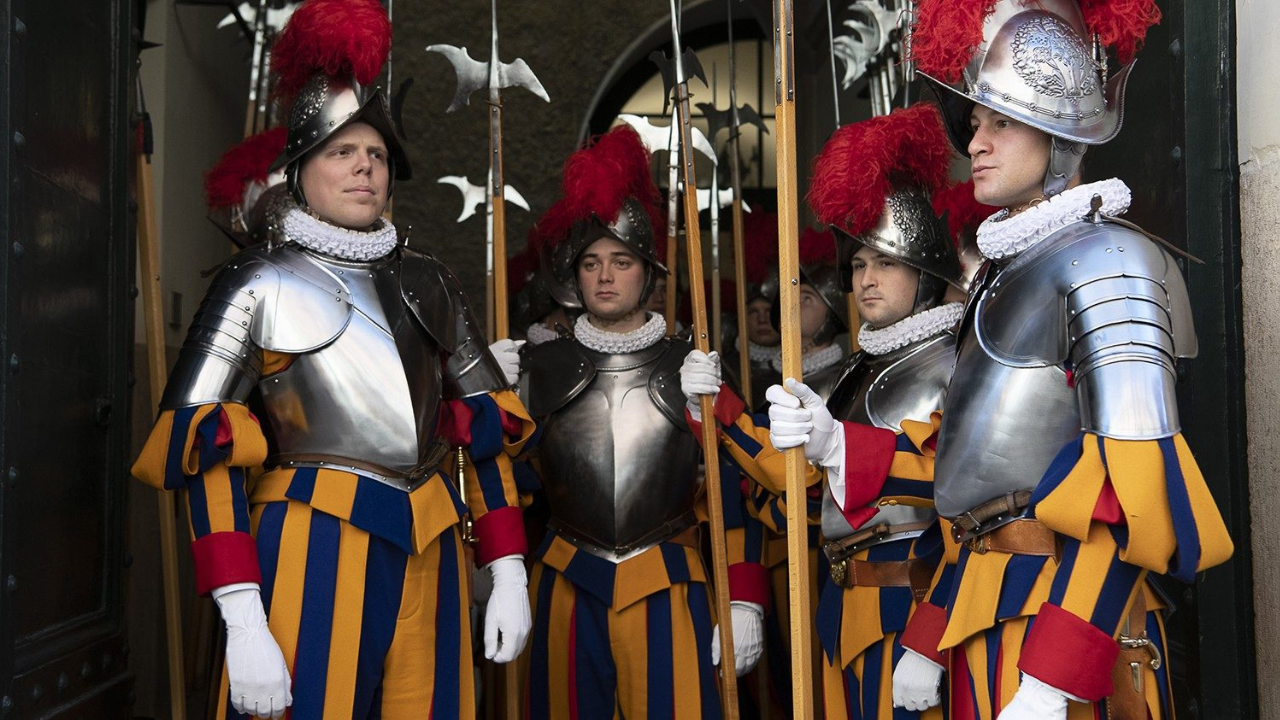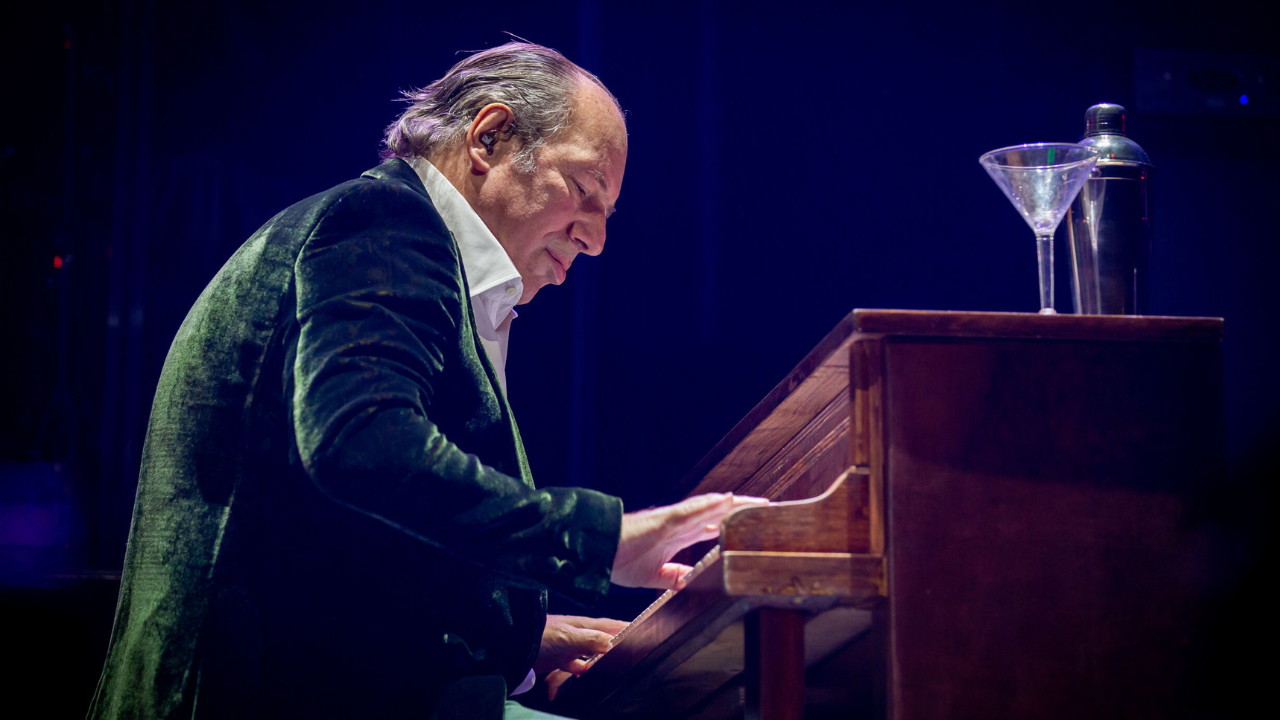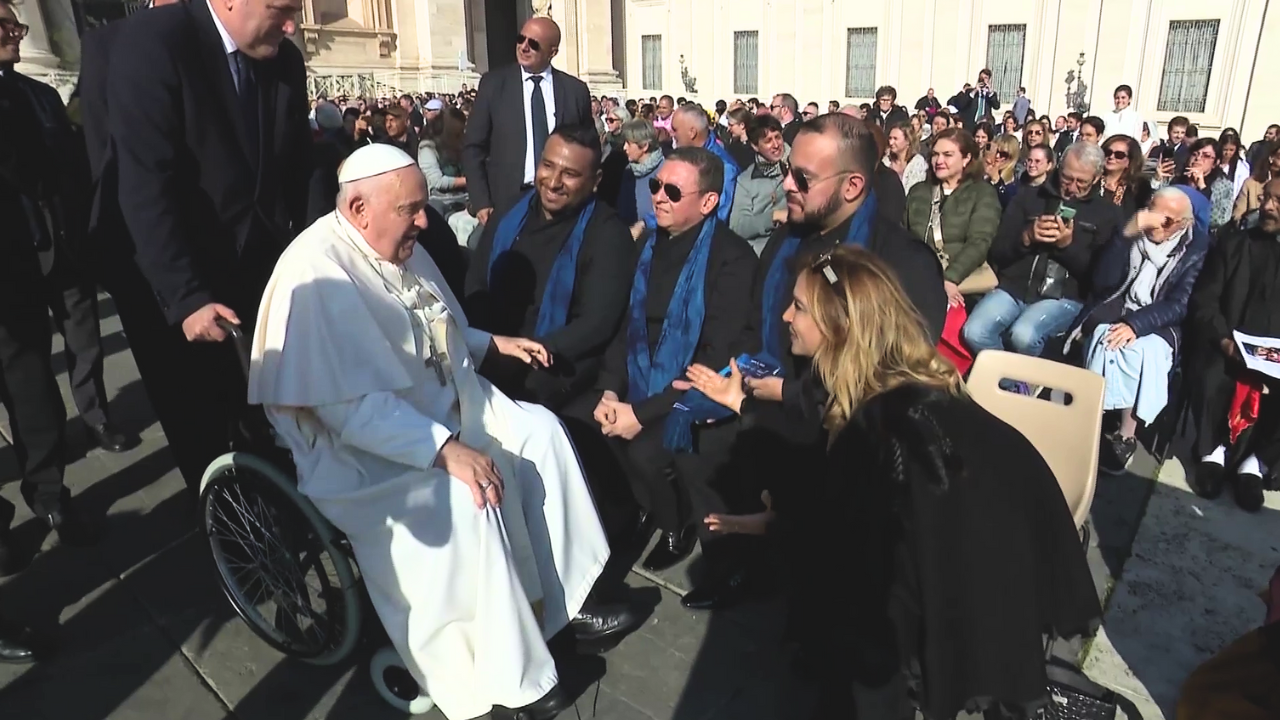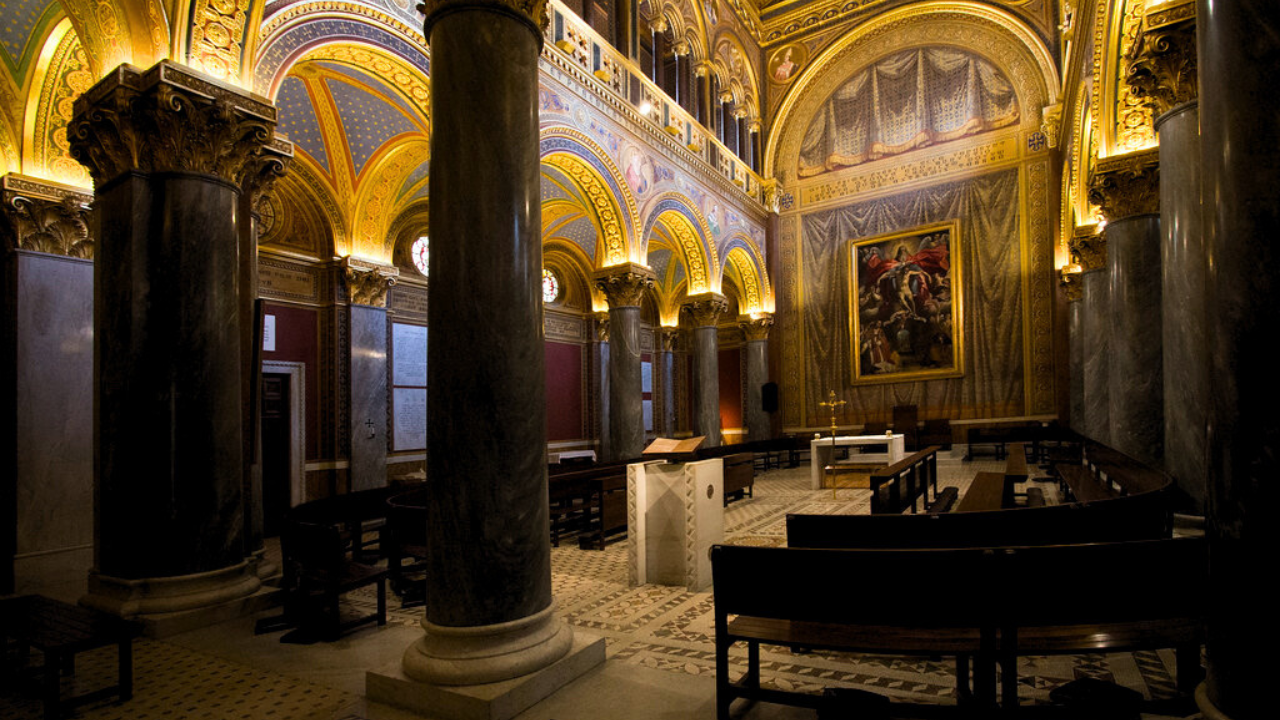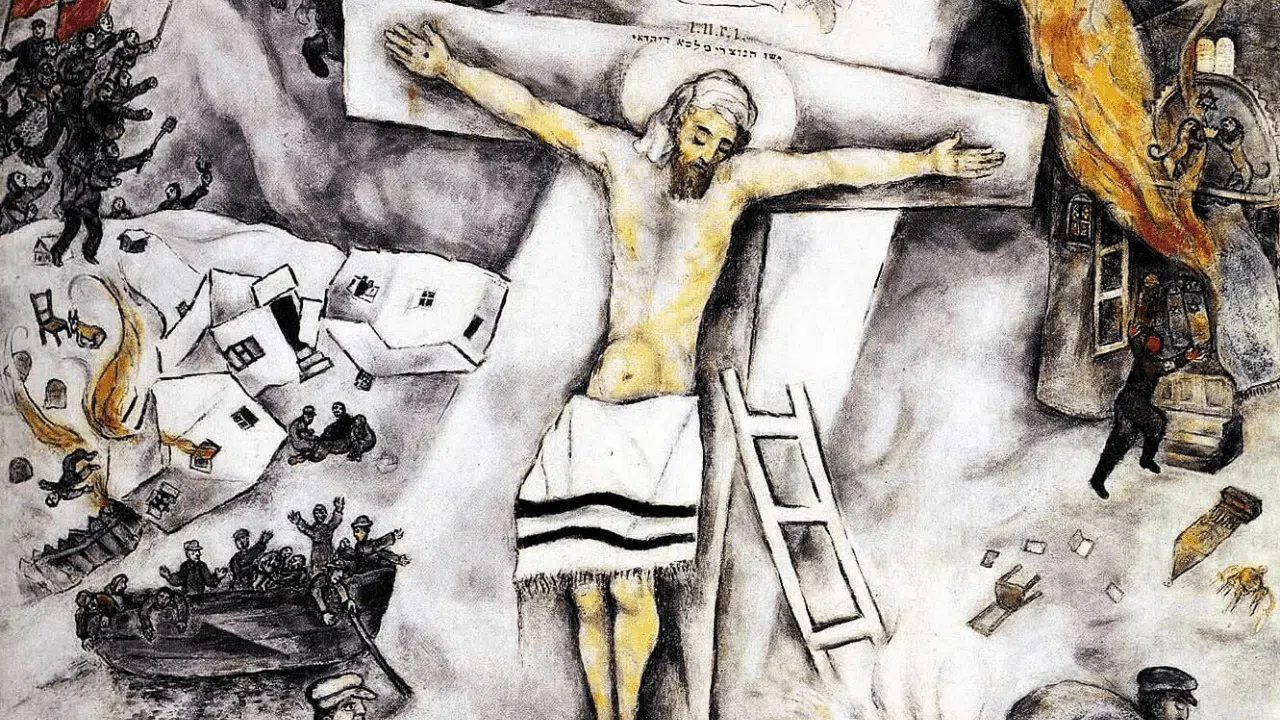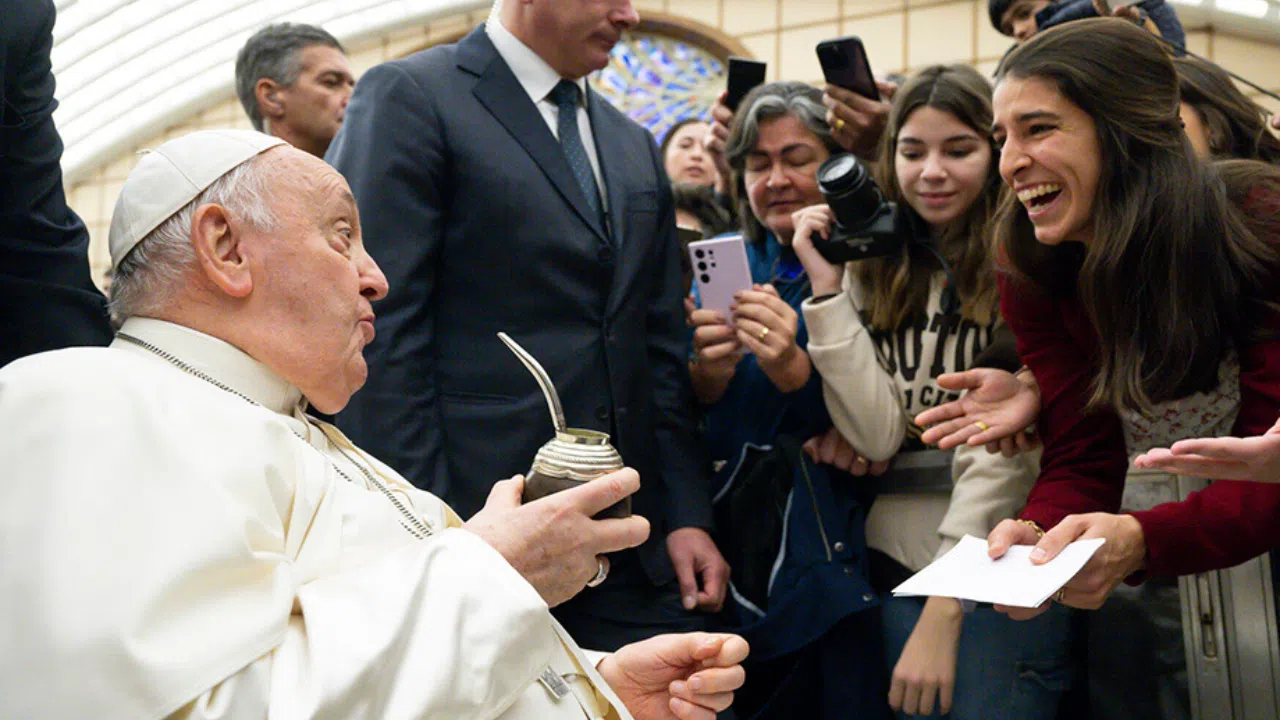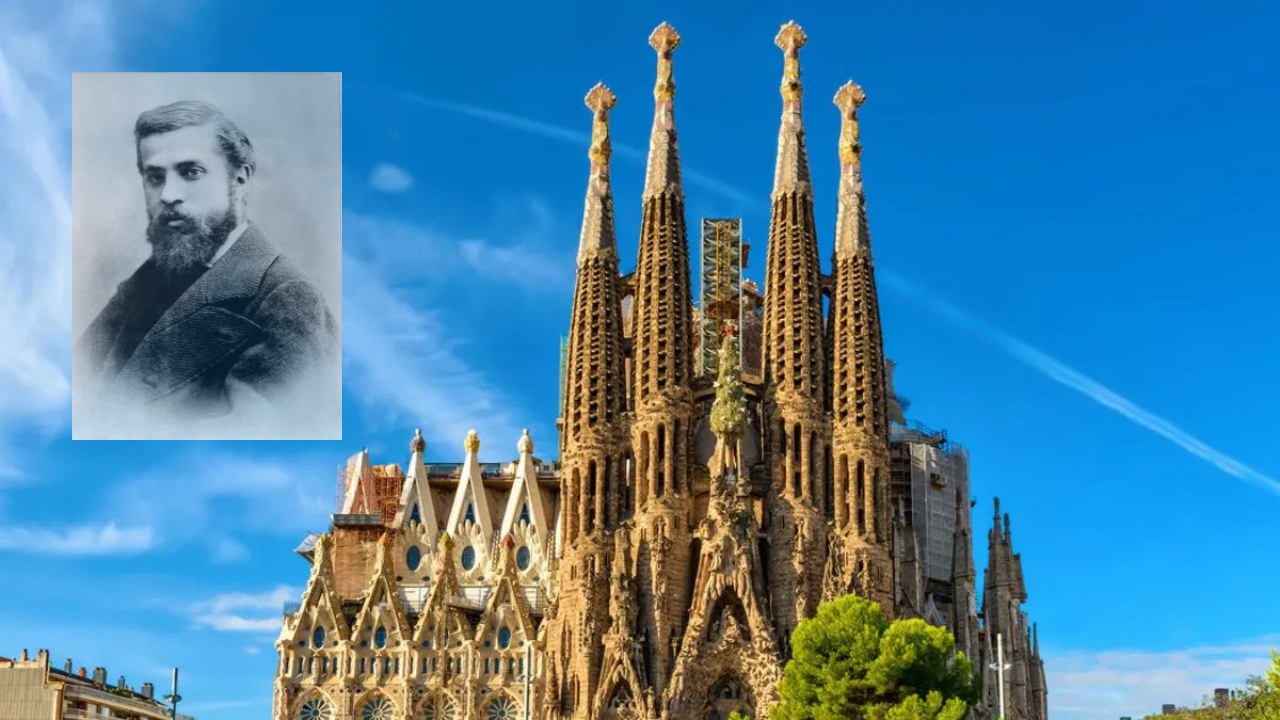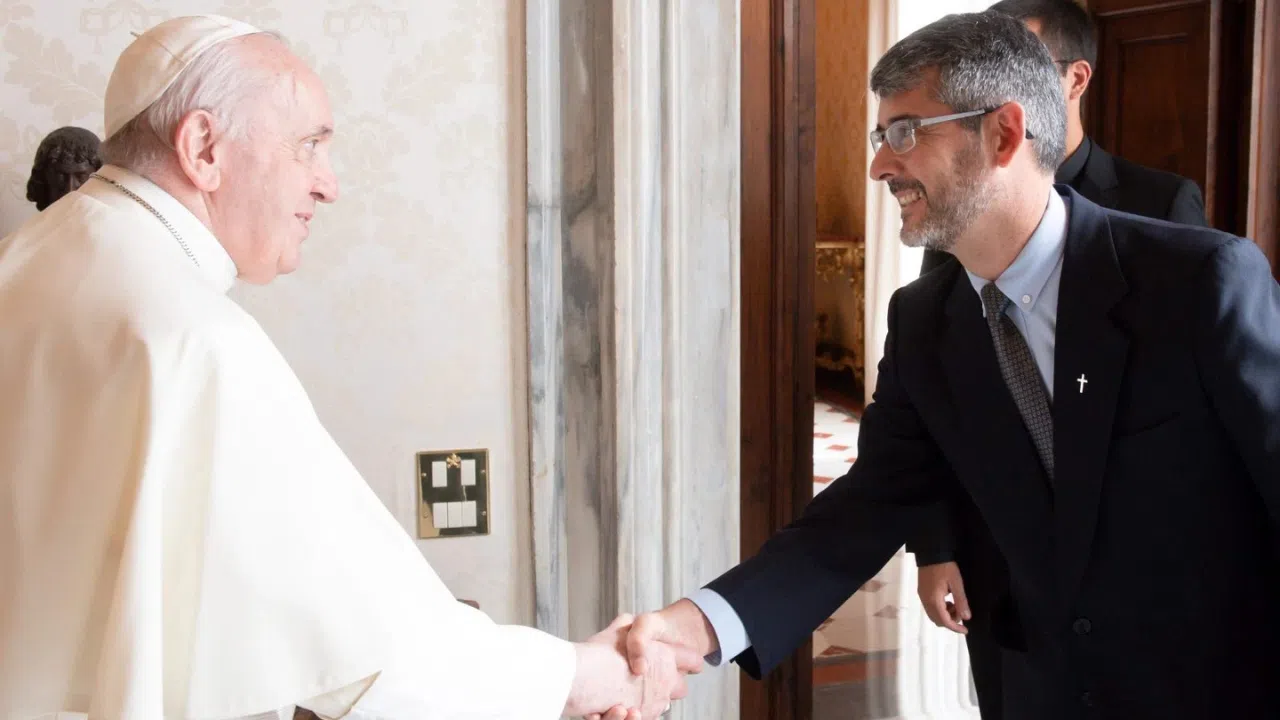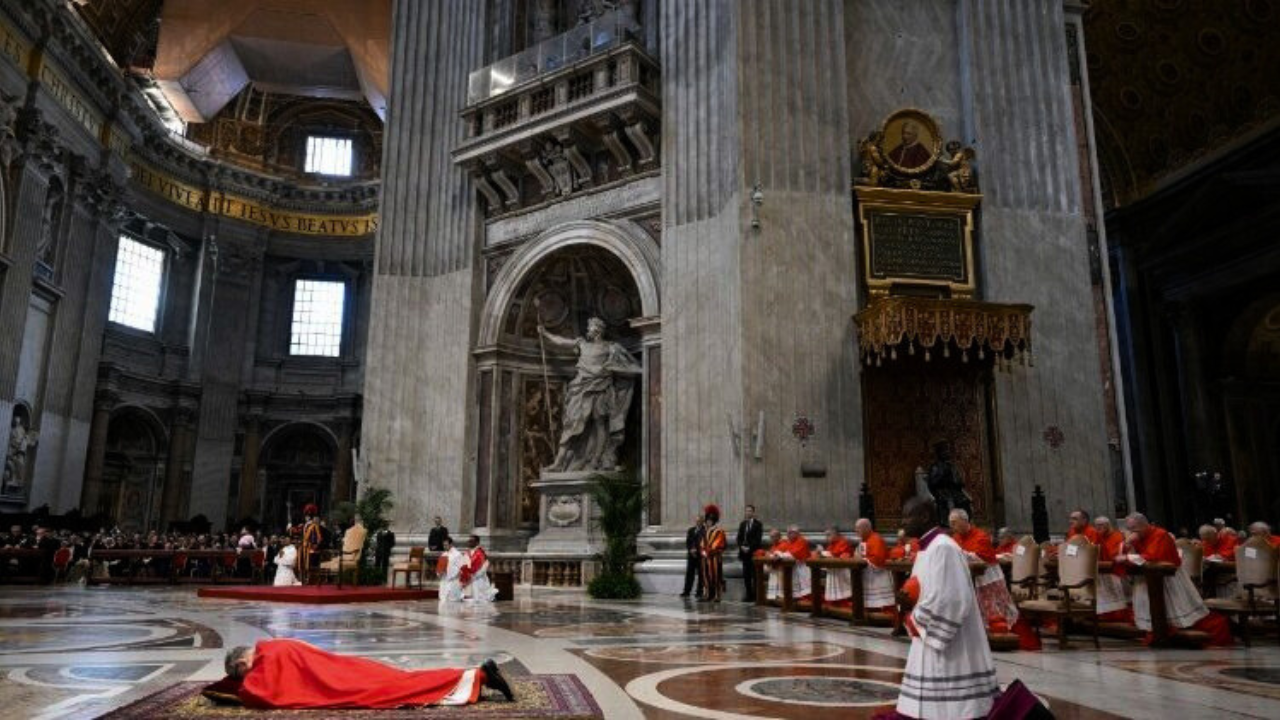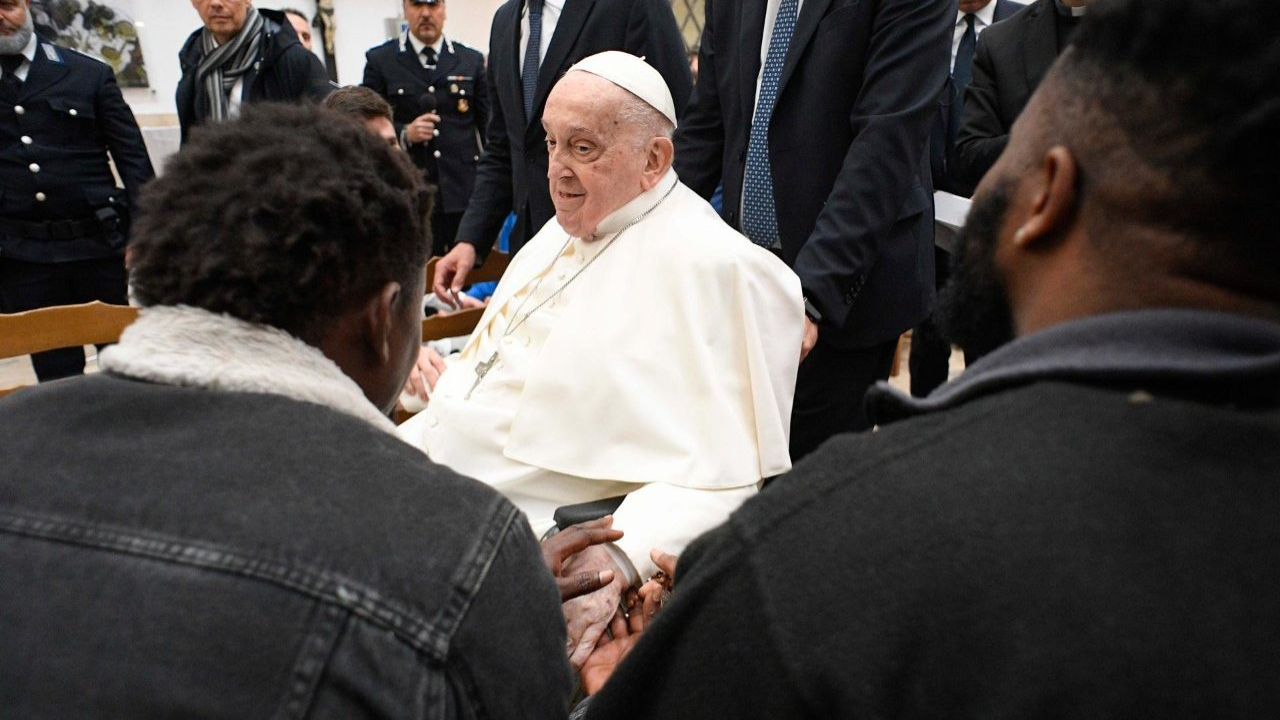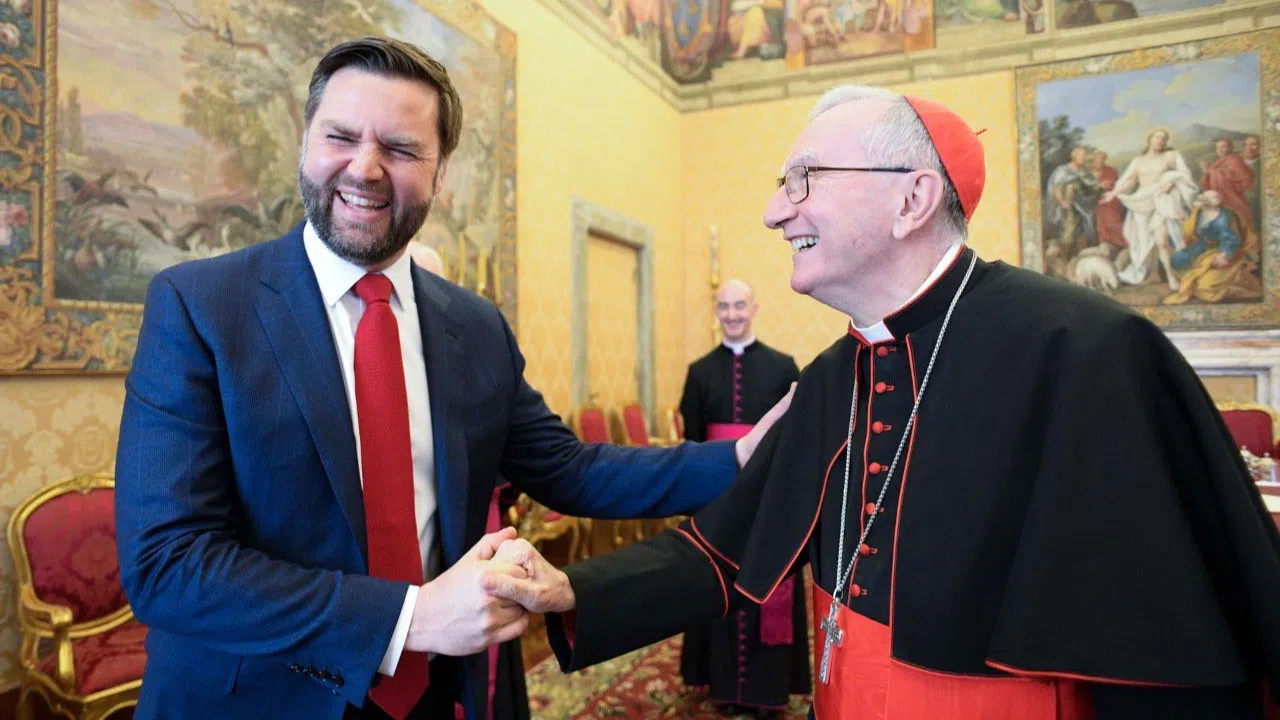His art was called too academic... too technical... , too neoclassical... and even too cold... Then these tears changed everything.
They are found on the suffering face of Mary Magdalene.
GIUSEPPE PAVANELLO
Exhibit organizer
“Mary Magdalene's tears are based on Bernini's 'Daphne,' a Baroque sculpture. This is important because in that period, critics said the work came entirely from the heart. So where is the Neoclassicism in this sculpture?”
His sculpture of a penitent Magdalene forever changed the way his art was perceived. Now Rome honors him with this exhibition, which examines the artist's relationship with the Eternal City. Canova never wanted even his smallest sculpture to leave the capital.
He focused his efforts on preventing Roman art from being dispersed to the rest of the world.
GIUSEPPE PAVANELLO
Exhibit organizer
“We wanted to also draw attention to Canova's relationship with Rome, as inspector general of the 'Accademia di Belli Arti.' Pope Pius VII gave him this role to defend the Roman artistic patrimony, especially from leaving Rome.”
He was not always able to successfully fulfill his duties as the inspector general of the Antiquities and Fine Arts of the Pontifical States. He lost some battles, as with this work, “Barberini Faun,” the epitome of Hellenistic perfection. Canova failed to keep it in Rome. After years of diplomatic tension, the work ended up in Bavaria.
It was not all failures however.
GIUSEPPE PAVANELLO
Exhibit organizer
“The Giustiniani family wanted to sell two ancient funerary monuments. Nobody in Rome wanted to buy them, but outside the city there were many buyers. Canova bought them and gifted them to the Vatican Museums.”
This is one of the monuments that Canova donated. It can now be enjoyed at the exhibit as a symbol of the artist's love for Rome and his art.
Also evident is Canova's fascination with the papacy, as seen with these marble busts of Popes Clement XIII... and Pius VII...
It was the period of French domination of the Italic Peninsula, when Napoleon kidnapped Pope Pius VII, taking him away from Rome...Canova captures history in his sculptures.
Also from that period is this sculpture in which the artist portrays his own interpretation of religion... He wanted to donate the finished statue to St. Peter's Basilica, but some clerics were opposed, so he rendered only this bust.
Strongly respectful of classical art, he never copied any ancient sculptures. He saw Classicism as the starting point of his artistic production, full of delicacy, harmony and an eternal beauty... like this one of a ballerina with her hands on her hips.... It is a profound piece that closes this exhibit in the Eternal City.
Ángeles Conde
Translation: Claudia Torres
